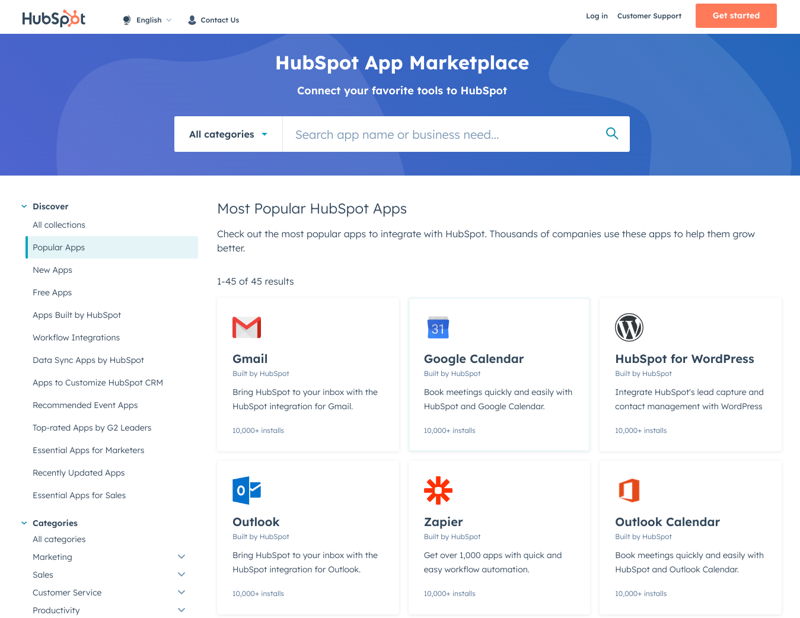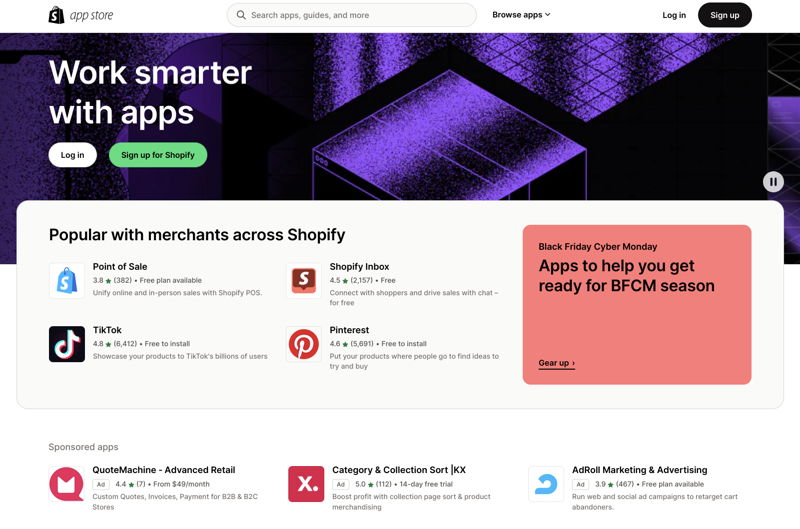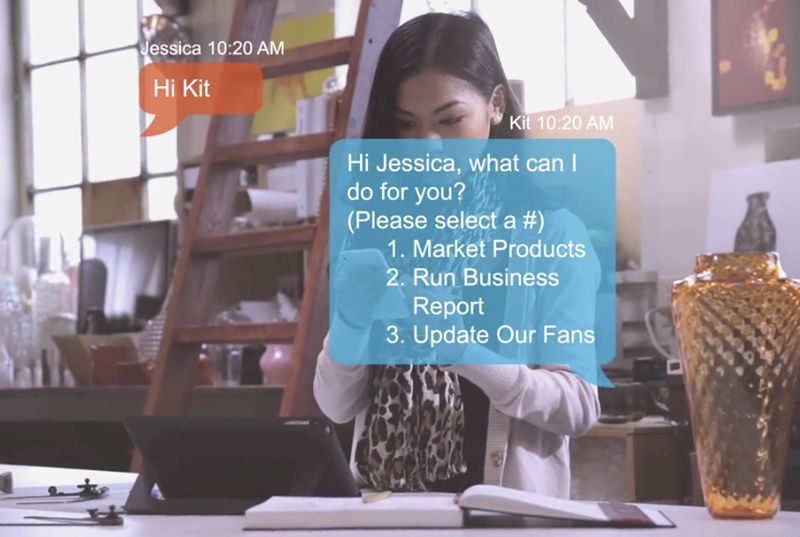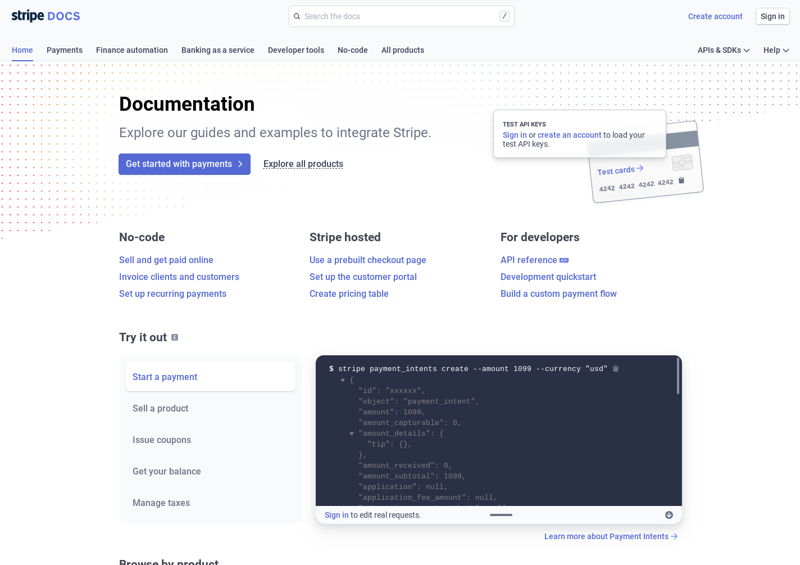The Pareto Principle Applied to Platform Ecosystems

I’ve grown fond of comparing platform economies with real world economies. “Platforms” are fairly abstract things - intangible for most - so relating them with familiar concepts and principles makes them easier to understand.
In productivity-land, everyone’s favourite principle is the pareto principle, which originally observed 20% of Italy’s population owned 80% of its land. For fun, let’s apply it to a different type of “land” - valuable platform ecosystem real estate.
Like any principle, these may not be 100% true 100% of the time.
But, based on a decade working with platform ecosystems, I’ve observed most of these to be somewhat true. And, as most platform ecosystem teams are small, nimble teams, figuring out the most impactful way to spend your precious time is more important than ever.
Let’s begin.
80% of app installs in an ecosystem will be generated by 20% of apps
I’ve seen this play out at HubSpot, Intercom, and Facebook. Granted, not an exact 80/20 relationship at all times, but - generally speaking - it’s true.
”Market maker” integrations - think Google, Microsoft, Salesforce, Slack et al - tend to be installed by a majority of customers at the early stages of their platform adoption cycle. A quick glance at HubSpot’s “Most popular apps” and Intercom’s “Popular” collection show what this spread looks like.

HubSpot’s Sales CRM product relies on email and calendar capabilities, and Intercom’s segmentation features are infinitely more powerful when integrated with data from Stripe and Salesforce. The platform creates more customer value when integrated early with these 3rd party systems.
That’s not to say the other 20% of app installs aren’t important. They absolutely are. Atlassian openly state their strong ecosystem is “why we win.” And customers need the choices that 20% offer as their use of the platform - and the size of their company - grows.
But most platform customers start with what what they already know. Whether they’re starting fresh, or migrating from another platform, they’ll come with a list of products they know and trust - and they’ll look to install and use these first, before exploring the long tail of apps. These “market makers” account for most of the long-lived 80% of ecosystem app installs.
20% of marketplace-listed apps will account for 80% of reviews
Somewhat related to the spread of app installs, review volumes tend to sway in a similar direction.
To get a sense of how review volumes generally spread, let’s look at Shopify’s App Store homepage (HubSpot and Intercom don’t show ratings and reviews on category and search pages for a variety of reasons). A quick glance starts to tell a story.

”Market maker” apps like TikTok and Pinterest earn large volumes of reviews, as most Shopify customers use these channels to distribute the products they’re selling. Meanwhile “Sponsored apps” are typically long tail apps - they need to pay for distribution to earn revenue and reviews.
There are outliers, though. Manuel Frigerio’s incredible 2020 Shopify App Store Report notes that Privy - an independent marketing automation app - represented 6% of the total number of reviews in the Shopify app store. An outlier, but proof that you can win marketplace hearts and minds with a great product and relatable pricing, not just a household brand name.
80% of partner manager interactions will happen with 20% of partners
Most partner management teams I’ve been part of prioritise in this way. At Facebook, most of our time was spent working with the 20% of partners that generated a majority of Ads API revenue. In the early days I managed our relationship with Salesforce, whose customers were funnelling over US$100m through the Ads API as far back as 2012. That earned our attention, and our time.
This, for the most part, is a good thing. More app installs means more customers, more revenue, and more support requirements. That said, there can be “gold in them thar hills” of the long tail 80% of partners.
One fun example comes to mind. Around 2014, as Facebook’s Ads API ecosystem matured beyond the enterprise to serve more mid-market and SMB customers, our team started to tease out where the future of the Facebook ecosystem might be. E-commerce was becoming more of “thing” and data signals - not just ad buying - were increasingly top of mind.

Then, along came Kit. Founded by Michael Perry, it offered small businesses a simple tool to manage their marketing campaigns in a familar way - through SMS (way before SMS became trendy and cool for the nth time). Kit neatly integrated content and signals from Shopify to automate generation of Facebook Campaigns in a couple of minutes.
Kit had customers in the hundreds, and their Ads API revenue was barely a blip on our Ads API revenue dashboards, but the product was innovative and added unique value to the ecosystem. So we allocated some time and attention to them, introduced them to distribution partners like PayPal, and beat the drum on their behalf with Facebook’s SMB team.
Before long our intuition proved right - Shopify acquired Kit in 2016.
20% of API documentation will account for 80% of documentation views
Depending on who you ask, developer documentation is either the most sexy or least sexy part of a platform ecosystem to work on. I bias towards the latter - great docs make for a great developer experience. In fact, these days, great API documentation is table stakes for developers.
One company that led from the front on this is Stripe. Redesigned in 2015/16 by a fantastic team managed by the fantastic Romain Huet, Stripe’s developer documentation is world-class and “inspired” many startups and developer experience teams.

A quick glance at stripe.com/docs shows that - even today - one key theme is front and center: getting started. “Start” accounts for around 20% of API documentation - there’s a mix of “getting started” and “start an integration” headers for each Stripe product/feature. It’s the first port of call for every developer building an integration - and for developers maintaining and supporting existing integrations. Hence the 80% bias towards consuming that content. It’s most useful to most developers.
80/20 for platform ecosystem teams
Unless you’re working for a platform behemoth like Shopify, HubSpot, or Microsoft, you’re probably part of a tiny team with a growing remit. Focus is everything - time is money and impact. 80% of your time should allocated towards growing the breadth and quality of apps and integrations in your ecosystem, and growing adoption of them with the right customers.
The other 20%? That’s up to you, but it’ll probably be include lots of emails.
